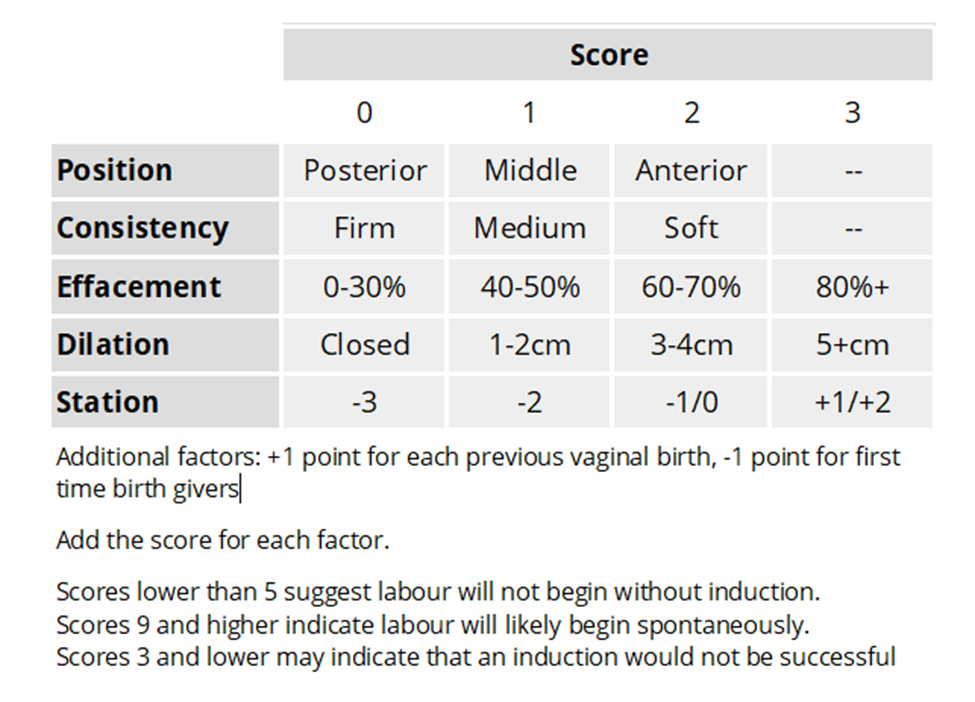A nurse is caring for a client who is in labor and whose fetus is in the right occiput posterior position. The client is dilated to 8 cm and reports back pain. Which of the following actions should the nurse take?
Apply sacral counterpressure.
Perform transcutaneous electrical nerve stimulation (TENS)
Initiate slow-paced breathing.
Assist with biofeedback
The Correct Answer is A
Choice A Reason:
Applying sacral counterpressure is appropriate. In the right occiput posterior position, the fetal head is positioned towards the mother's back, leading to increased pressure on the sacral are
A. Applying sacral counterpressure can help alleviate back pain during contractions.
Choice B Reason:
Performing transcutaneous electrical nerve stimulation (TENS) is inappropriate. While TENS can be used for pain relief in labor, applying sacral counterpressure is a more specific intervention for back pain related to fetal positioning.
Choice C Reason:
Initiating slow-paced breathing is inappropriate. While slow-paced breathing is a coping mechanism during contractions, it may not specifically address the back pain associated with the fetus in the right occiput posterior position.
Choice D Reason:
Assisting with biofeedback is inappropriate. Biofeedback is not a standard intervention for managing back pain during labor, especially in the context of fetal positioning. Sacral counterpressure is a more direct approach for this situation.
Nursing Test Bank
Naxlex Comprehensive Predictor Exams
Related Questions
Correct Answer is B
Explanation
The correct answer is B. Massage the client's back.
A. Turning the client onto her left side may be a comfort measure, but it is not specifically associated with the gate control theory of pain. It may help improve blood flow and relieve pressure but does not directly engage the gate control mechanism.
B. Massage the client's back is consistent with the gate control theory of pain.
According to the gate control theory, non-painful input (such as massage) can close the "gate" to painful input, reducing the perception of pain. Massage stimulates large-diameter nerve fibers, which can inhibit the transmission of painful signals.
C. Encouraging the client to rest between contractions is a general comfort measure but is not directly related to the gate control theory of pain.
D. Administering prescribed analgesic medication is a pharmacological approach to pain management and is not specifically associated with the gate control theory. Medications can act on pain receptors but do not engage the gate control mechanism.
Correct Answer is B
Explanation
The correct answer is B. The client will experience a successful induction of labor.
A. The Bishop score is a pre-induction assessment that evaluates several factors, including cervical dilation, effacement, consistency, position, and fetal station. It is used to predict the likelihood of a successful induction of labor. A high Bishop score indicates favorable conditions for induction.
B. Correct. A higher Bishop score indicates a more favorable cervix for induction, and the chances of a successful induction of labor are increased.

C. Lower back pain during labor is not specifically associated with the Bishop score. It can be a common complaint during labor, but it is not predicted by the Bishop score.
D. Dinoprostone is a prostaglandin used for cervical ripening. If the Bishop score indicates an unfavorable cervix, dinoprostone or other cervical ripening agents may be considered to prepare the cervix for induction.
Whether you are a student looking to ace your exams or a practicing nurse seeking to enhance your expertise , our nursing education contents will empower you with the confidence and competence to make a difference in the lives of patients and become a respected leader in the healthcare field.
Visit Naxlex, invest in your future and unlock endless possibilities with our unparalleled nursing education contents today
Report Wrong Answer on the Current Question
Do you disagree with the answer? If yes, what is your expected answer? Explain.
Kindly be descriptive with the issue you are facing.
